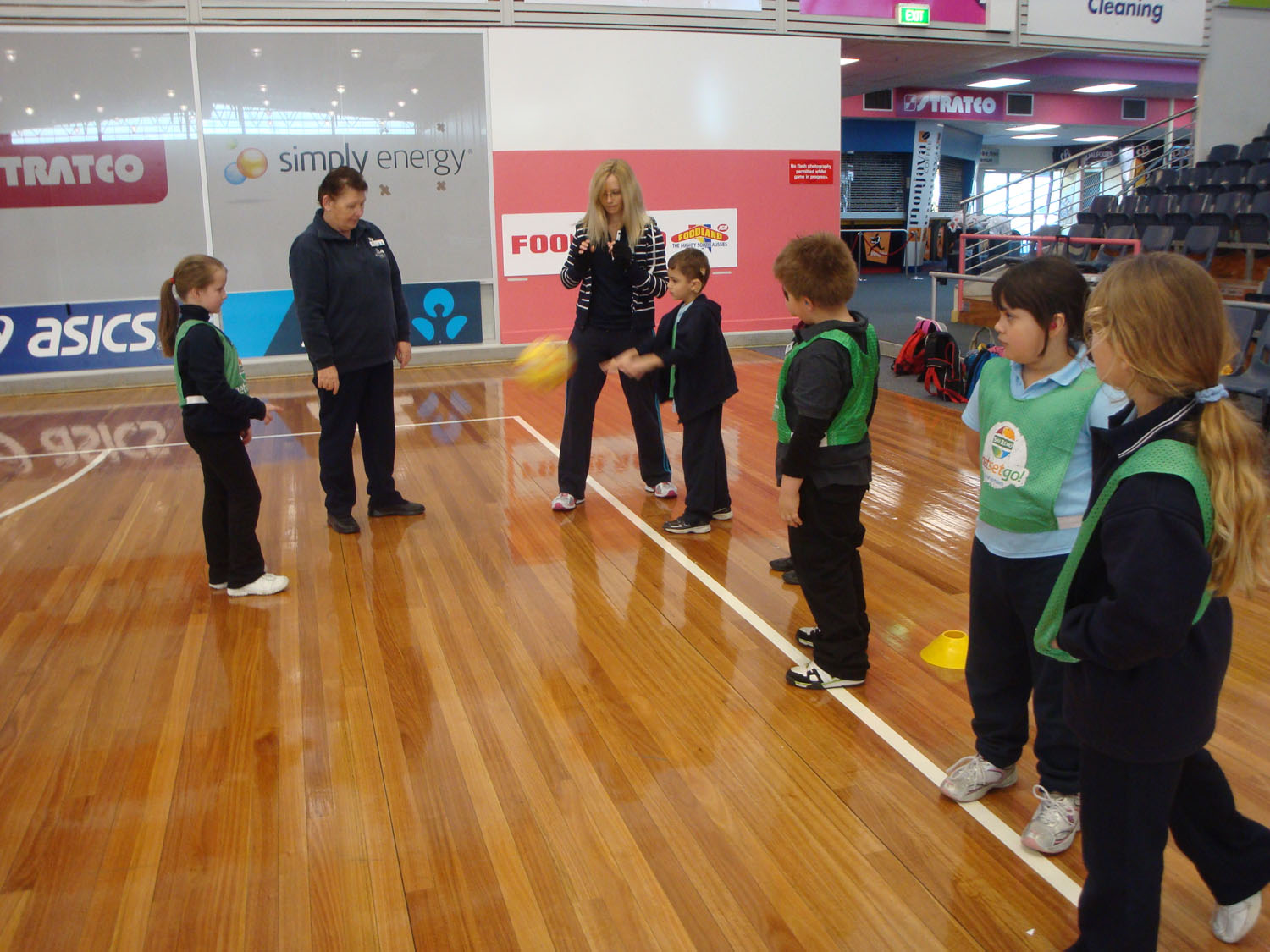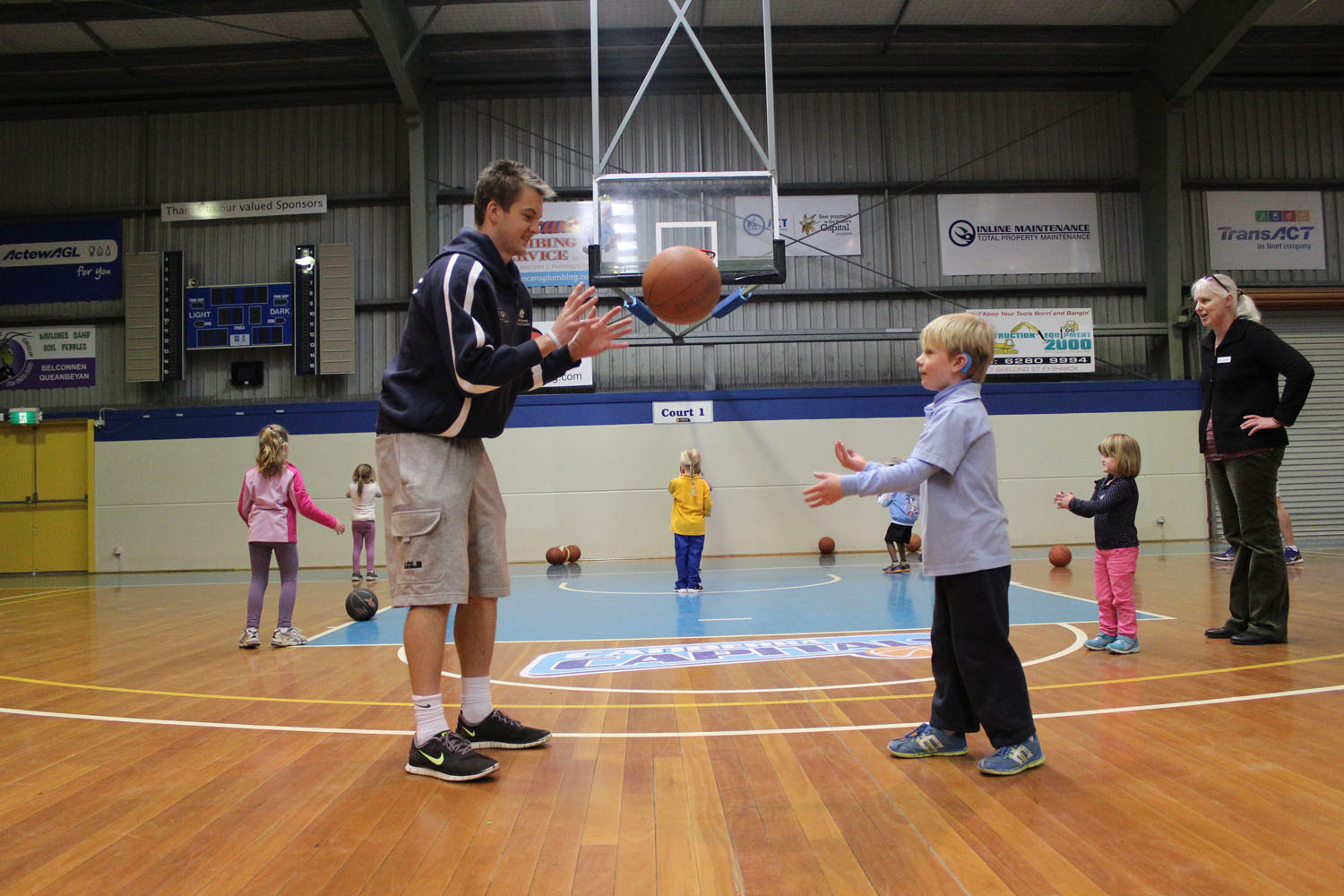
Why Active Deaf Kids?
In 2011, Deaf Sports Australia successfully delivered its ‘Active Deaf Kids’ School Education Program across 36 schools and 400 students as part of their pilot program funded by the Australian Sports Commission. The main objective of this program is increasing awareness among deaf and hard of hearing students of the health and social benefits of participating in sports.
The pilot program of the ‘Active Deaf Kids’ project in 2011 also demonstrated that demand clearly exists to develop and expand the program in 2012 and beyond. Deaf Sports Australia is grateful for the support provided by the Australian Sports Commission as they are the main partners in the development of this exciting program.
Below are some of the pressing factors which outlines the importance in ensuring that the program is delivered nation-wide to educate deaf and hard of hearing school children, teachers, parents and coaches.

Mental Health
Around 160,000 young people in Australia aged between 12-18 live with depression and depression is known to have a significantly higher incidence within the deaf community with recent research finding that six in ten people with a hearing loss have shown signs of depression, compared to the overall average of one in five Australians1

Childhood Obesity
The latest National Health Survey revealed that an estimated 1.5 million people under 18 are considered overweight or obese. The existence of a childhood obesity epidemic in Australia and cost to the health system as they progress to adulthood is well recognised. The incidence of childhood obesity in the deaf community is higher than the national average2
Lack of specialist educational support
Children who are Deaf or hard of hearing have poorer educational outcomes than mainstream school children. Over 83% of Deaf and hard of hearing children attend mainstream schools, however, there is a significant variation in the level of specialist support across the country and many mainstream schools have a lack of qualified staff3

Lack of role models within the deaf community
With 83% of deaf and hard of hearing children attending mainstream schools, chances are they will find themselves the only deaf child in their class or even their entire school. It is important that deaf and hard of hearing children are able to have access to deaf role models with whom they can identify with and aspire to.

The latest information from the Australian National Health Survey shows 51.1% of the deaf community are obese (33.4% national average), 13.5% have diabetes (8% national average) and 41.7% lead a sedentary lifestyle (30.2% national average). DSA can use sport as a conduit to tackle these issues with students at a vital age.
1 Beyond Blue Fact Sheet 33 – Depression in people who are deaf or hard of hearing
2 2008 National Health Survey
3 Access Economics – Listen Hear! The economic impact of hearing loss in Australia
